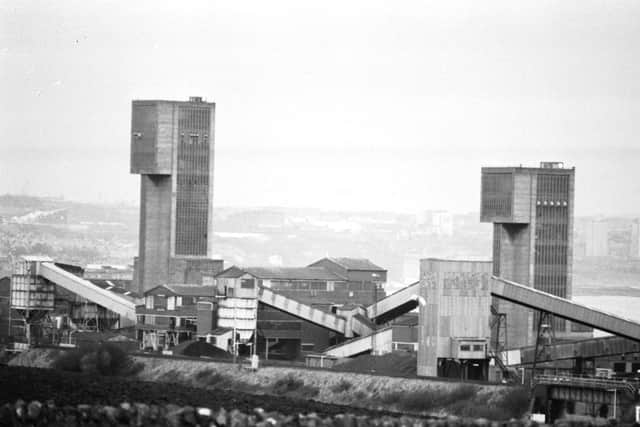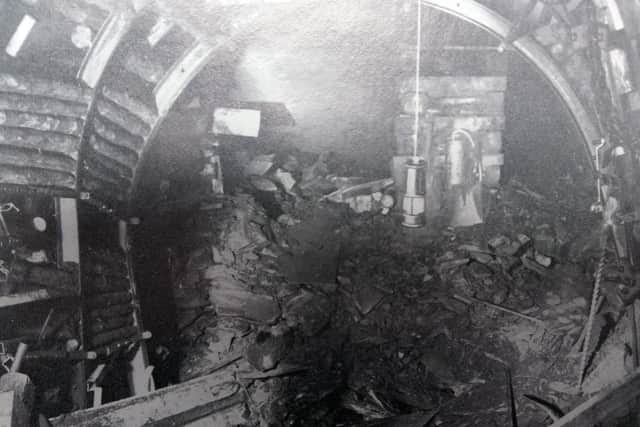Seafield disaster: silent tribute marks 50th anniversary of Fife mining tragedy
It took place at Seafield beach, where the pit once stood and dominated the landscape, on Wednesday May 10. Guests observed a two-minute silence at 6:45pm - the exact time of the roof collapse underground which led to the deaths of five miners, and sparked a major rescue operation.
The memorial event came 50 years to the day the colliery - one of the biggest employers in Fife - was hit by tragedy, and the town lost five miners; James Comrie, 49, assistant shearer operator; Angus Guthrie, 20, brusher; Robert Henderson, 59, chocker; James Holmes, 53, chocker and Thomas Kilpatrick, 38, leading man.
Advertisement
Hide AdAdvertisement
Hide AdOn the evening of May 10, 1973, the roof of D22 - a steep seam which stretched out under the Firth of Forth - suddenly fell in, trapping nine men deep underground.


At around 6.45pm, a large section of the roof gave way, collapsing and then sliding downward.
Of the 169 numbered supports holding up the ceiling, 65 in the middle had been toppled and been swept away by the falling rock. The fall itself was up to eight feet high in places, with nine men trapped in darkness, deep under the Firth of Forth.
Miners sprung into action as they set about freeing their trapped colleagues, and rescue missions continued well into the night.
The first to emerge was John McCartney. Astonishingly, he had escaped unaided despite being seriously injured. At the surface, he was able to give rescuers the location of some of the trapped men, based on the voices he had heard.


The searches continued in the hope of finding more survivors. In the early hours of the following morning, four miners were brought out alive, but one of them later died. It took one month for the last body to be found and brought to the surface.
An inquiry held in August 1973, which lasted several weeks, heard eyewitness accounts from miners trapped underground. One said: ”I saw the roof moving and the chocks beginning to topple over. I could see the chocks above me starting to topple over. I must have turned to hide myself. That is the last thing I remember. - I must have been knocked unconscious. We were completely buried.”
The official report which followed highlighted the unsuitability of the supports for such a steep dig, and that the most stable supports should have been reserved for that area. A number of safety recommendations were made on the back of the report.
Advertisement
Hide AdAdvertisement
Hide AdOpened in 1965, Seafield was one of the largest undersea mines in Europe, and one of the biggest employers in the area, with men bussed in from across Fife for their shifts.
At the time of the tragedy, 2100 people were employed below ground, with another 300 on the surface.
Fifty years to the day of the disaster, the community returned to remember those who died, and laid wreaths at the site of the former colliery which is now a picnic area and an upmarket housing development.
Comments
Want to join the conversation? Please or to comment on this article.